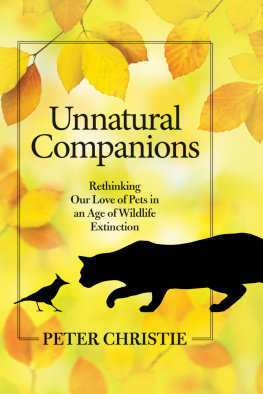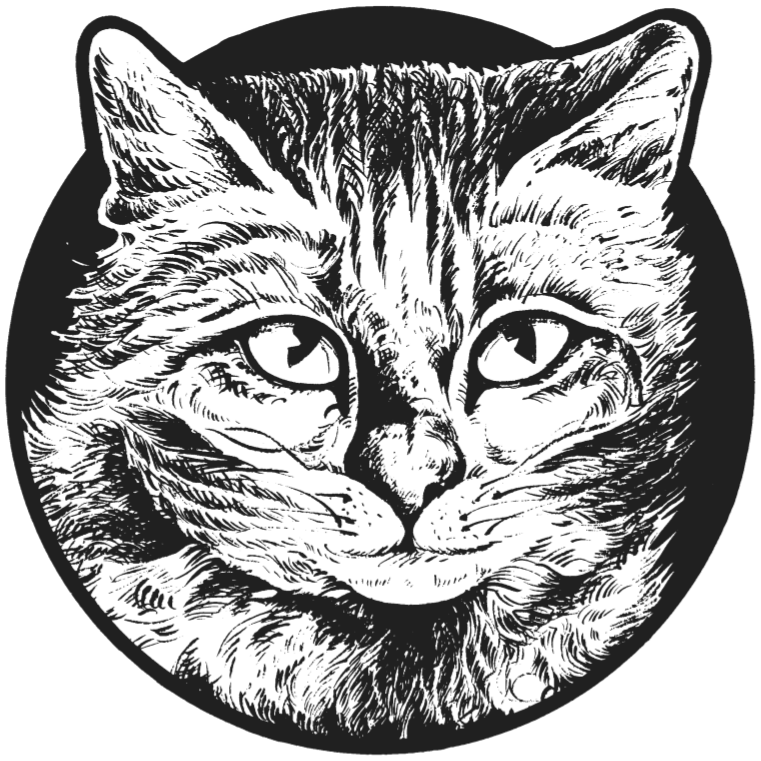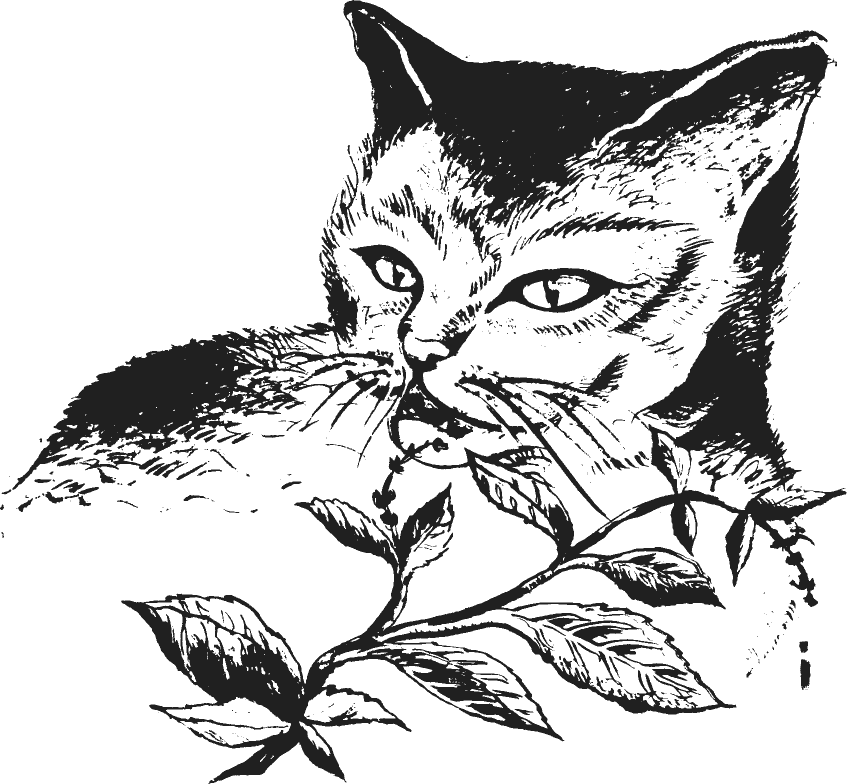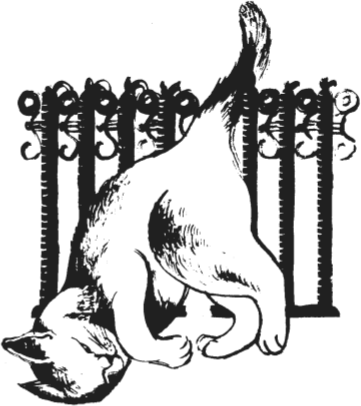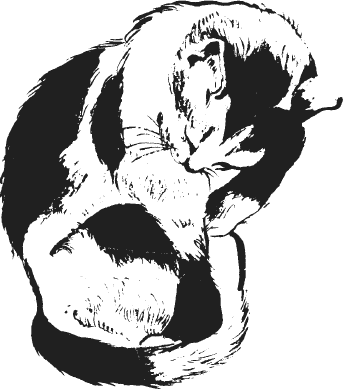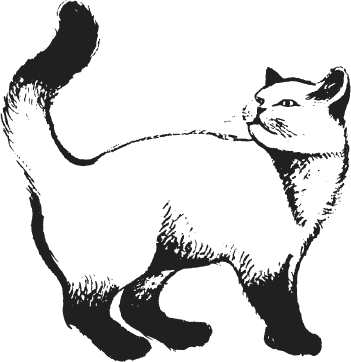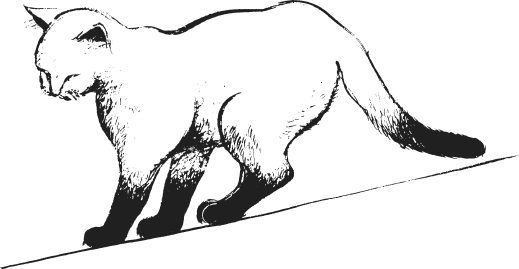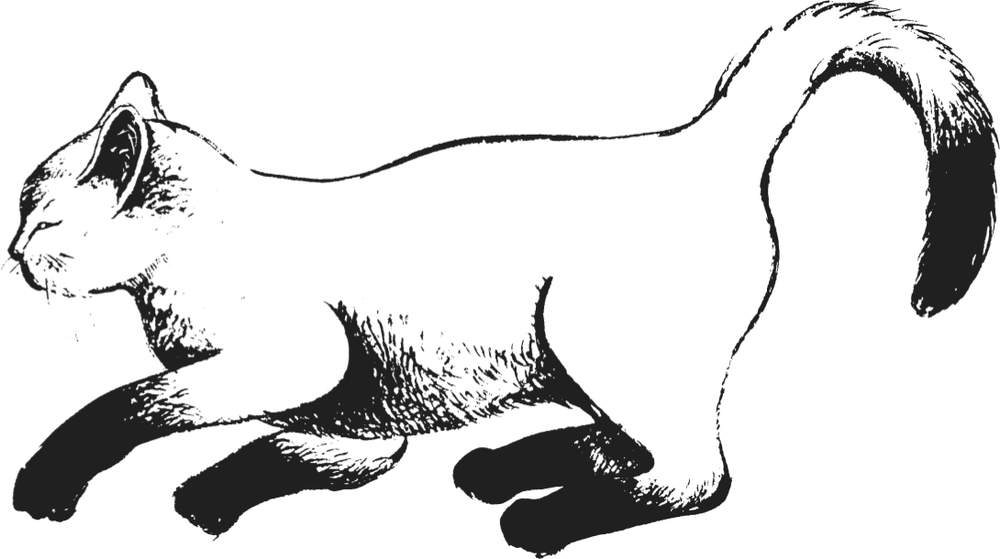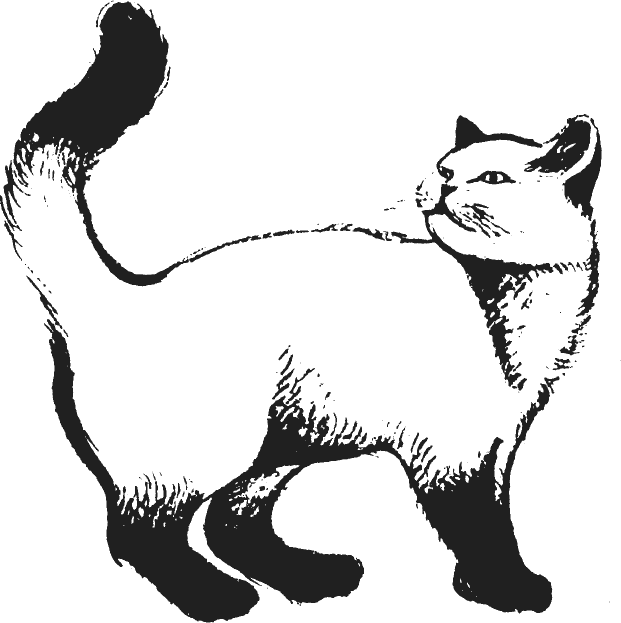We have come a long way in our understanding of animals in recent years. Documentaries on wild animals have given us an insight into their natural behaviours the reasons why they do what they do. And funnily enough, looking at the behaviour of wild animals has brought us around to looking at the behaviour of our own pet animals. This was something which was taken very much for granted for many years wild animals were interesting; domestic animals just did our bidding. Now we know that looking at both wild and domesticated animals can help us to understand both better.
Pets have shared our lives for thousands of years, yet not even 20 years ago (and sometimes still now) we were using very punitive methods of dog training. Remember the first dog training programmes on the television? As a nation we were riveted and all went out and bought choke chains and said sit to our dogs in high-pitched voices with the appropriate hand signals. It was still a very dominating type of training and punishment figured quite highly.
Things then moved on when a new generation of animal behaviourists, rather than trainers, began to take an interest in behaviour problems in pets and in helping owners with dogs which were nervous or aggressive, noisy or pulled on the lead. We began to look at the dog as genetically similar to a wolf and to compare the behaviour we saw on documentaries to those in our pet dogs. This allowed behaviourists to start to explain the motivations and thus perhaps the solutions to behaviour problems.
The recent Horse Whisperer phenomenon has shown us that years of breaking horses by forcing our will on them is not the best way to go about getting this very large and powerful creature to work with us. It took one man called Monty Roberts to study how horses behaved in the wild and how they interacted with one another to show us that there was a different and very successful way to work with horses. Horses can actually choose to be with us. He used the body language of the horses and a knowledge of how they bond with one another and applied it to the horse/man situation with astounding results. Anyone who has seen his method of joining up, where a horse is made to gallop around a ring without any type of restraint, initially shying away from any type of contact and yet within a few minutes of the man using the right body language and picking up the horses body language, the horse begins to follow him around with his head on his shoulder, knows what a highly emotional experience it is. There is no forcing or cajoling just a willingness on the part of the horse to be with the man. For those who respect and love animals there can be no bigger thrill than one coming to you of its own free will, understanding what you are trying to communicate, and trusting you not to harm it.
Horses and dogs both originate from group-living animals their behaviours have developed because they have to communicate with that group and staying within it means protection and all the other benefits of companionship. To some extent this ability to fit into a group has meant that man has been able to force them to join into the human group and so, before we learned about communication and using natural behaviour and rewards, coersion worked to some extent. However, the cat is a different kettle of fish altogether, as any feline-o-phile will tell you.
The cat has altered very little from its wild ancestor the African Wildcat. It is a solitary hunter and doesnt need to have any other cats around. It may enjoy some social interaction but that is by choice rather than necessity. Anyone who has tried to get a cat to be obedient using the traditional dog-training methods will have had no success whatsoever: there is no motivation for the cat to stay around if it is not enjoying the relationship it has no need of a pack or herd to give it support. Yet cats have lived around us since Egyptian times and it has been a mutually beneficial relationship the cats dealt with vermin and we enjoyed the cats company. However, we have never been able to mould them as we have dogs neither physically nor mentally. The cat has remained very independent, yet has moved more and more into our homes and our lives. We have mostly taken this for granted.
Then we started to look at the cats behaviour in the wild; not only its wilder cousins, but feral cats or even pet cats outside in the garden rather than inside or on our laps. Like the Horse Whisperer, people began to piece together what a cat really was not a purring fluffy baby, but an astonishing hunter, an animal with very interesting communication techniques and an ability to transfer from being a cats cat to a persons cat without losing any of its dignity or abilities.
Inevitably we have forced the cat to live closer and closer to us in modern lives, and to share territory with a great many other cats in our urban and suburban homes. It has coped well, with the occasional problems such as marking the indoor of the house as well as the outdoor territory, or scratching the furniture instead of the trees. The latest generation of feline behaviourists know that to understand your cat and enjoy him to the full it helps greatly to know what motivates him and to be able to give him space and the chance to carry out his natural behaviours within the limits of our ownership as well as security within his indoor territory. Cat whispering certainly helps when problems arise too most problems are natural behaviour occurring in the wrong place (well, wrong to us humans) but they are a signal from the cat that things are not all right. Like the Horse Whisperer we need to look at the natural cat and reach out to it so that it is not frightened of us and can find a way to change its behaviour within our homes so that harmony is restored once again.
How we see our animals and how we can help them when they are feeling unsure of their place within our homes has come a long way; it is still changing as we learn more, but the scene has been set the animal whisperer is here to stay and we should all look forward to more insights into what makes our pets tick and to a more fulfilling relationship with them.
This book sets out to explain how cats function as cats and how that can be successfully transferred and used in building the cat/human bond both on a day-to-day basis and when problems occur. Find out more about your cat and you will appreciate it even more, not only for its behaviour and abilities, but for the fact that it can share its life with us in such a smooth and rewarding manner. Get whispering.




